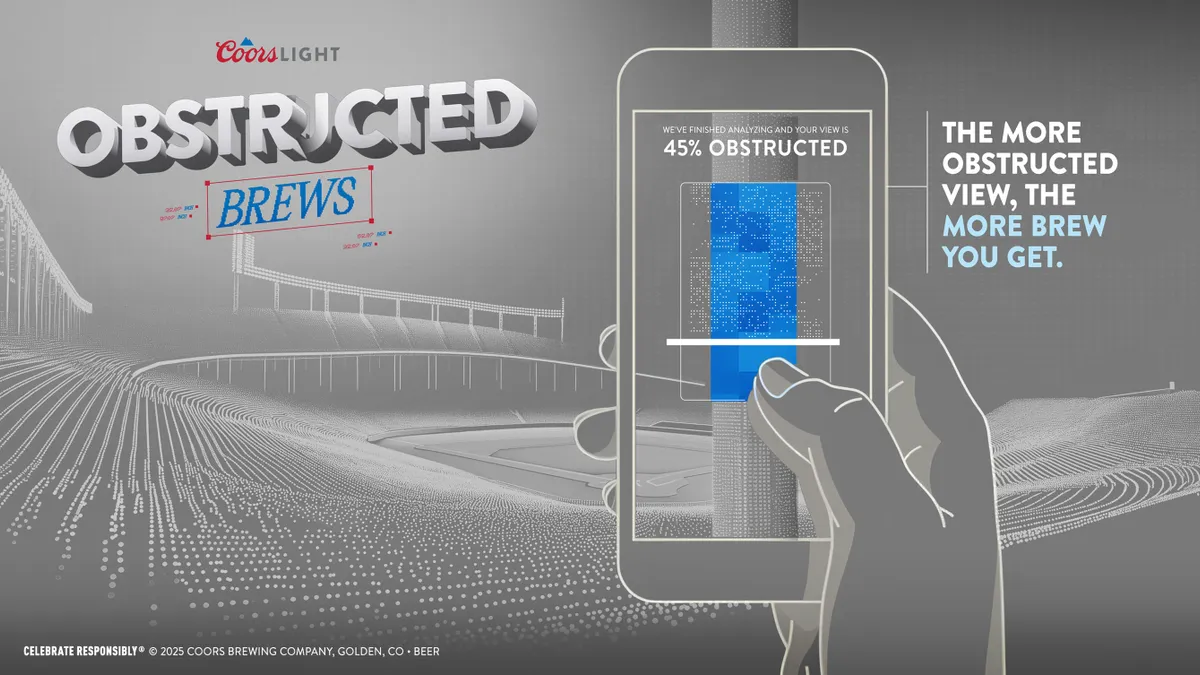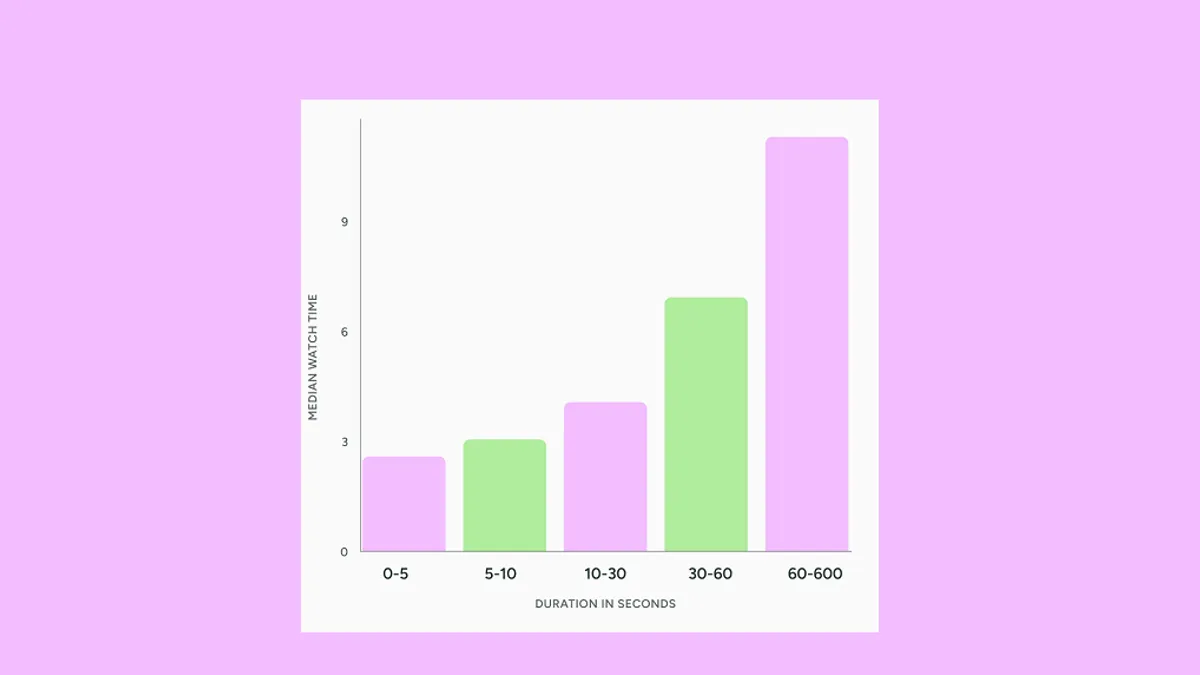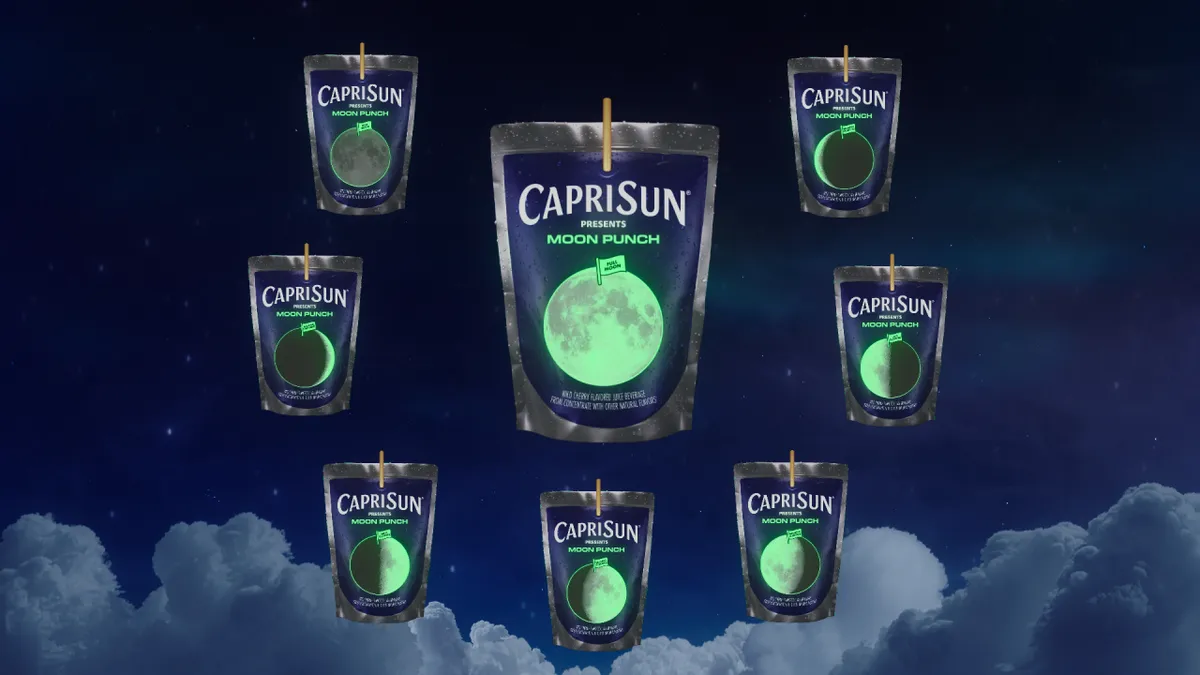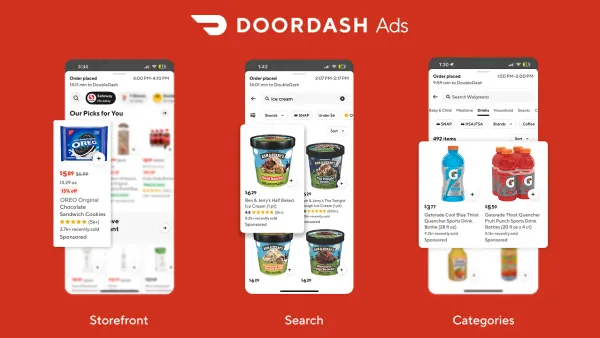What if every ad click online was an accident? That may not be the truth, but it's not too far off from it.
According to eZanga, a digital marketing firm specializing in pay-per-click and pay-per-call marketing, 75% of digital ad clicks are unintentional. The firm recently conducted research looking into how consumers "really feel about ads," covering a wide range of demographics and ad topics including sentiment, interaction, sponsored content, pay-per-call, mobile video and ad blockers.
Michelle Brammer, director of marketing for eZanga.com, said the accidental ad click stat – the one that revealed three in every four respondents said they clicked on ads by accident more often than not – was the one that most stood out. And the finding has broad implications for digital advertising.
"For a marketer, that's a big issue," Brammer stated. "No one wants to waste their budget on accidental clicks, but more importantly, clicks that will likely not convert as it was never their intention to click on the ad."
Inadvertent ad-clicking is also a user experience issue that can lead to frustrated users, who are both irritated with the ad being served and possibly also with the brand doing the advertising.
A look at sentiment and interaction
In terms of ad interaction, Brammer pointed to the accidental click finding and offered two pieces of advice for marketers. First is to be more cognizant of the user experience. Second, marketers should review the placement of ad campaigns and make sure they are optimized for desktop and mobile. If the mobile user experience is being hindered, then a new strategy is in order.
“No marketer is going to be too keen on throwing out parts of their budget due to accidental clicks,” she explained.
Brammer said the most telling stat from the sentiment portion of the study was that respondents 35 and older reported being the most capable of identifying ads. Meanwhile, 31% of Gen Z respondents reported rarely being exposed to mobile ads, a result that eZanga concluded meant that the demographic simply couldn’t identify ads on mobile devices.
The company chalked up older demographics being able to best identify ads to that age group being the last to be unaffected by the internet and social media while growing up.
“Most of the advertising they were exposed to at an earlier age was traditional (print, billboard, TV, etc.) rather than digital,” she said. “Due to that, one in three are keenly aware of what is and is not an ad, and they may get fed up or agitated with advertising if they feel it is too obtrusive.”
Demographic reactions to emerging ad formats
The survey found that millennials were the most responsive to sponsored content, with 48% reporting having positive feelings about the format and stating native ads are more informative than traditional ads.
Brammer said millennials’ views of sponsored content comes from relevance, and that the finding vindicates current social marketing strategies.
“Testing out paid advertising on social networks may just pay off in the long run,” Brammer stated. “To keep this positive sentiment, it will be important for marketers to make the social shift along with each stage of a Millennial’s lifetime, following them throughout their social adoption as they age.”
With pay-per-call, 50% of 14 to 24-year-old respondents reported being at least somewhat interested in human interaction after clicking an ad. Brammer said it was somewhat surprising that such a young demographic would be interested in being contacted verbally after engaging with an ad. Nevertheless, this finding is very lucrative for marketers because that demographic is typically seen as more interested in text and app messaging rather than speaking with people.
For mobile video success, marketers need to make the content funny. Thirty-percent of respondents reported being less likely to skip video content if it was humorous. Brammer said that instead of the old “sex sells” adage, comedy is what really sells with video ads.
“Attention spans are already minimal so strong copy, engaging imagery, and increased relevancy in the first five-seconds is what will keep the ad rolling and make it more likely to become ‘sharable content,’” she said.
The ad blocking elephant in the room
Often marketers get caught up focusing on different categories in the advertising industry instead of the sentiment behind how ads are affecting users.
In terms of actual ad block adoption, there has been a large amount of research conducted that typically finds ad block usage higher with younger demographics. However, Brammer said eZanga’s research actually found the opposite with respondents 54 and up reporting the highest use of ad blockers. At the same time almost all research has found that ad block tech usage is on the rise across all age groups, and it is a challenge that all players in the digital ad space need to face.
“It’s going to be an uphill battle for all parties,” she said. “If ad blocking continues to rise, publishers will have to put policies in place to turn away those with ad blocking technology installed or institute a pay-to-play scenario. Conversely, advertisers will need to reconsider their marketing mix and previously strong performing sources may need to be reassessed, especially if publishers turn to pay-to-play.”
In the long term, Brammer sees ad tech firms bearing the brunt of ad blocking dilemma. Over time, she explained, the technology will reduce the amount of premium inventory as well as possibly eliminating some publishers within ad tech networks.
Although digital marketing is constantly evolving with new ad formats and new channels coming to the fore on a regular basis, at the most basic level, marketing is still about understanding your audience. Giving them what they want to see and how they want to see it is the true test.





















